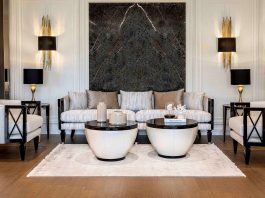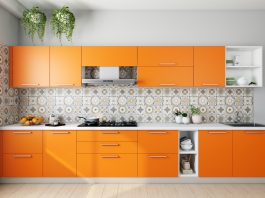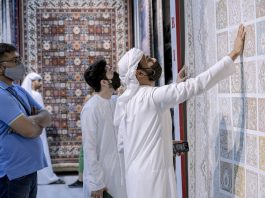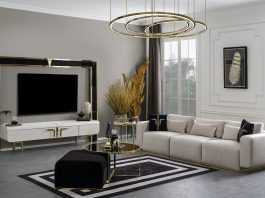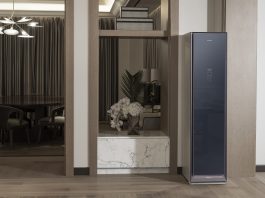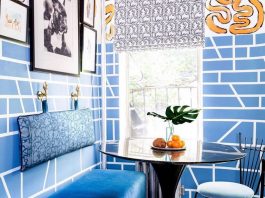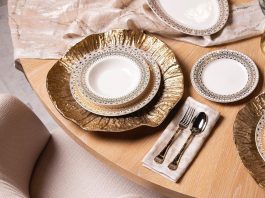Feng Shui is often described as half science and half art. Many rules and principles of this ancient decorating philosophy have been proved true by modern science.
For example, studies on psychology proved that warm colors and natural lighting – the two key components of a Feng Shui home – really help raise people’s spirits and energy levels.
Feng Shui has been used in the Far East for centuries, but has now a days become very popular worldwide. It often debated whether we can apply the same Feng Shui principles to all types of apartments as in houses.
 What makes apartments more challenging to correct than houses is the absence of a garden or outside environment to remedy or control. Sometimes the most effective remedies for health and prosperity are things one does to space just outside of the home. But in an apartment, the focus has to be on interiors, although how well maintained are the corridors, entrance door and balconies, is equally important for inviting the good ‘Chi’.
What makes apartments more challenging to correct than houses is the absence of a garden or outside environment to remedy or control. Sometimes the most effective remedies for health and prosperity are things one does to space just outside of the home. But in an apartment, the focus has to be on interiors, although how well maintained are the corridors, entrance door and balconies, is equally important for inviting the good ‘Chi’.
Apartments are complex to analyze
The ideal Feng Shui remedies involve structural changes. These are usually limited or normally not allowed in apartments living. The Facing or maximum yang direction of any structure has to be identified before a complete analysis can be made. In Feng Shui the front side is called ‘facing’ and the back side ‘sitting’. This is not always obvious. In fact, often the apartment entrances are dark and face a wall, and the brighter, more yang side of the apartment is where the windows with the better views are located.
One should always consider the side of an apartment that faces the most active area outside , as the facing direction of a home, and do Feng Shui based on that. In Feng Shui, all homes are different. For example: apartments can range from freestanding buildings to a complex of individual buildings, which means their Feng Shui can be vastly different. It also means that allying Feng Shui could be a bit trickier.
Apartments buildings
The two things to consider are the entrance to the building and the entrance to the individual apartment.
Since these type of apartments are all enclosed in one building, the entrance is very important. In this type of building, the entrance to the apartment building is primary and that to the individual apartment secondary.
Raised Buildings
These type of apartments are on pillars and often have parking lots below, which suggest unstable foundation. These apartments are not ‘grounded’ and will normally not have good Feng Shui.
Penthouses
The absolute top floor is a vulnerable position. Penthouses are generally not deemed auspicious because of that vulnerability. Preferable option is a penthouse that has a terrace garden on top.
Pool Dilemmas
Choosing an apartment with a pool on garden grounds is wiser than one with on the roof. Pools on the roof of the home are deemed inauspicious because they represent being water and therefore drowning.
Ideal Entrances
Apartments often have less than ideal entrances as they are usually dark. In small apartments, the kitchen or a bathroom is sometimes the first room to be seen. It is generally better to enter into well lit, uncluttered and attractively decorated foyer. This attracts good energy into space.
Feng Shui solutions provided to enhance an apartment
Placing a mirror on the sidewall of the lobby wall will create a feeling of spaciousness. A bright and open lobby at the entrance of a home welcomes the energy entering it. The walls should be painted in light shades, as these are welcoming the Chi.
Placing a ‘rolling ball’ Feng Shui water feature on the inside right of the main door will effectively usher in wealth luck and slow down the corridor energy considerably.
Hanging metal six-rod wind chime between the home and the corridor will help the energy flow and enhance the metal energy of the north-west.
Hanging auspicious pictures facing the entrance will bring blessings to the home.


